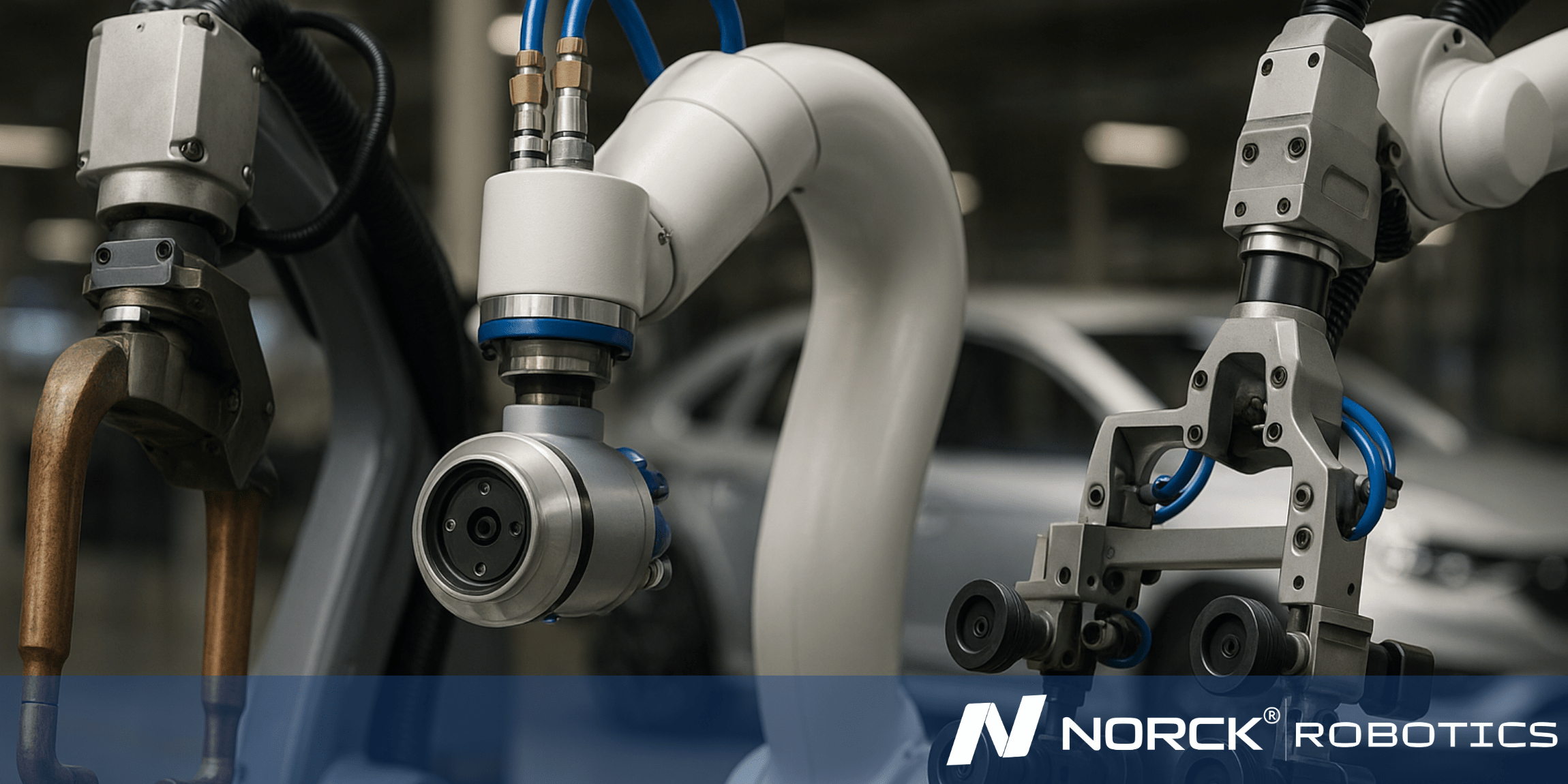
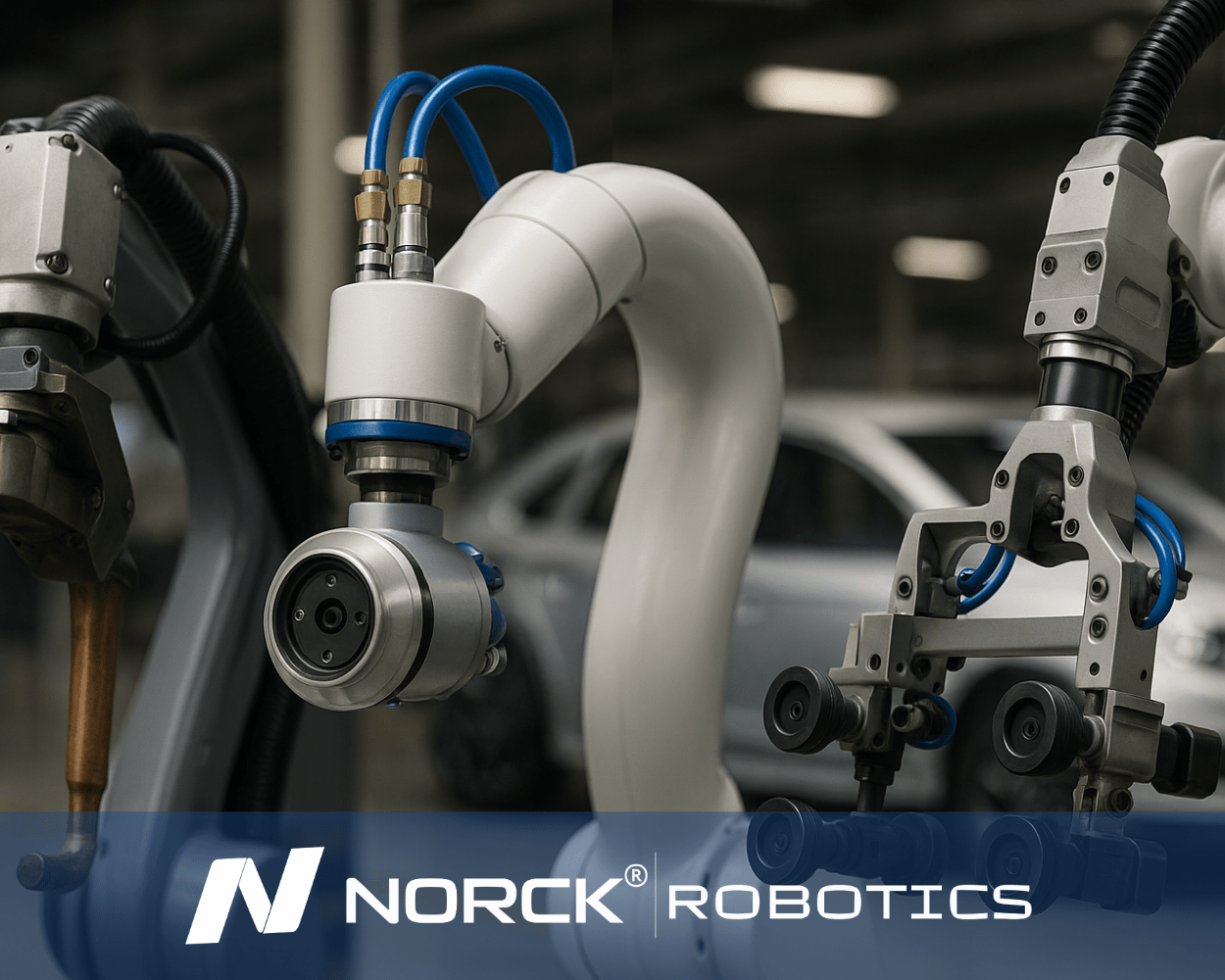
Detail: Automotive lines utilize highly specialized end-effectors: Spot welding guns (heavy, water-cooled), MIG welding torches, paint atomizers/sprayers, sealant/adhesive dispensers, and robust grippers (mechanical clamps, multi-cup vacuum grippers, magnetic grippers) designed to handle specific parts like body panels, engine blocks, windshields, or tires.
Ready to automate your future? Get a quote from Norck Robotics now!
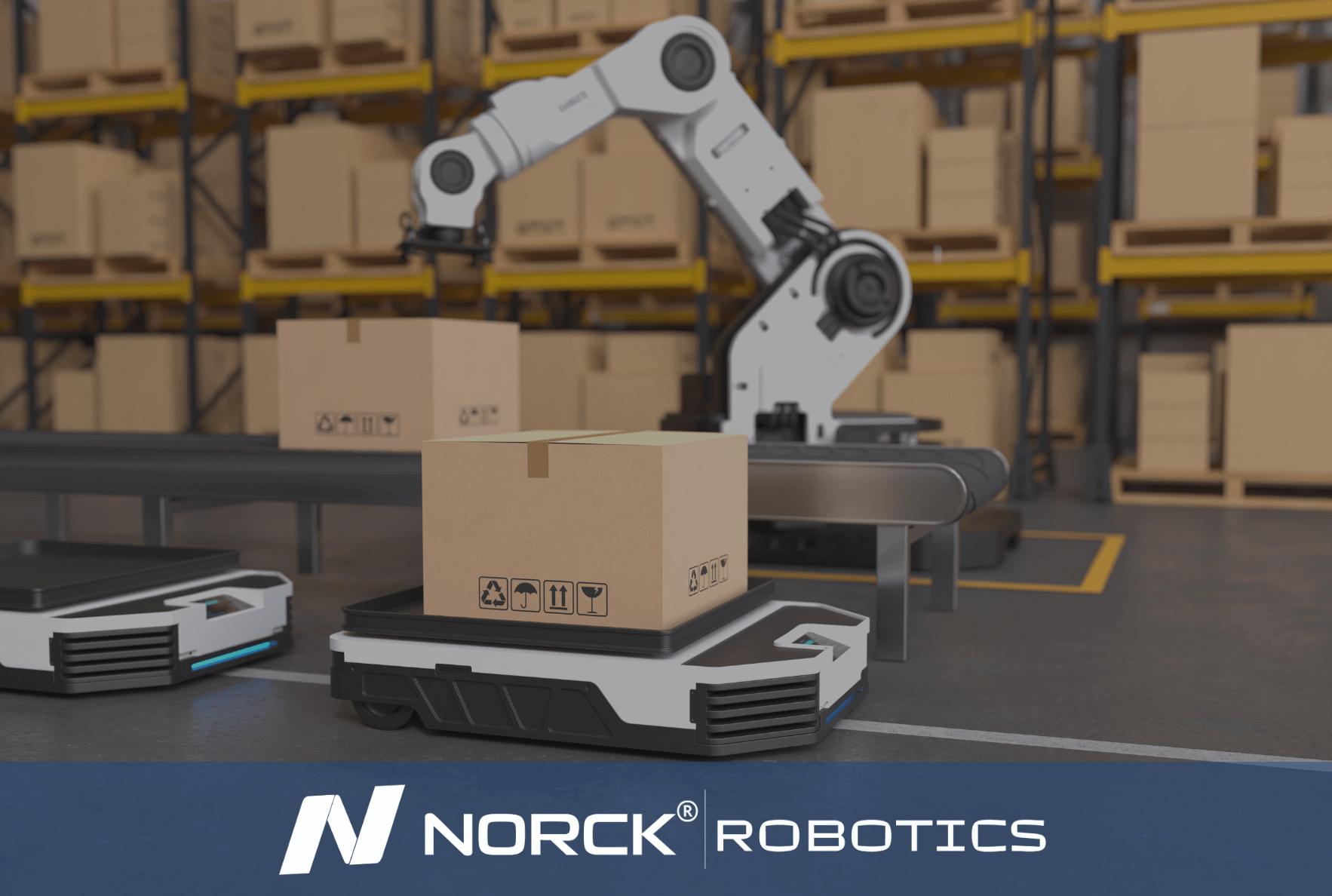
Norck Robotics specializes in providing unique robotic automation and engineering solutions designed to meet the specific operational needs of each client. Our expertise covers a wide range of industries and applications.
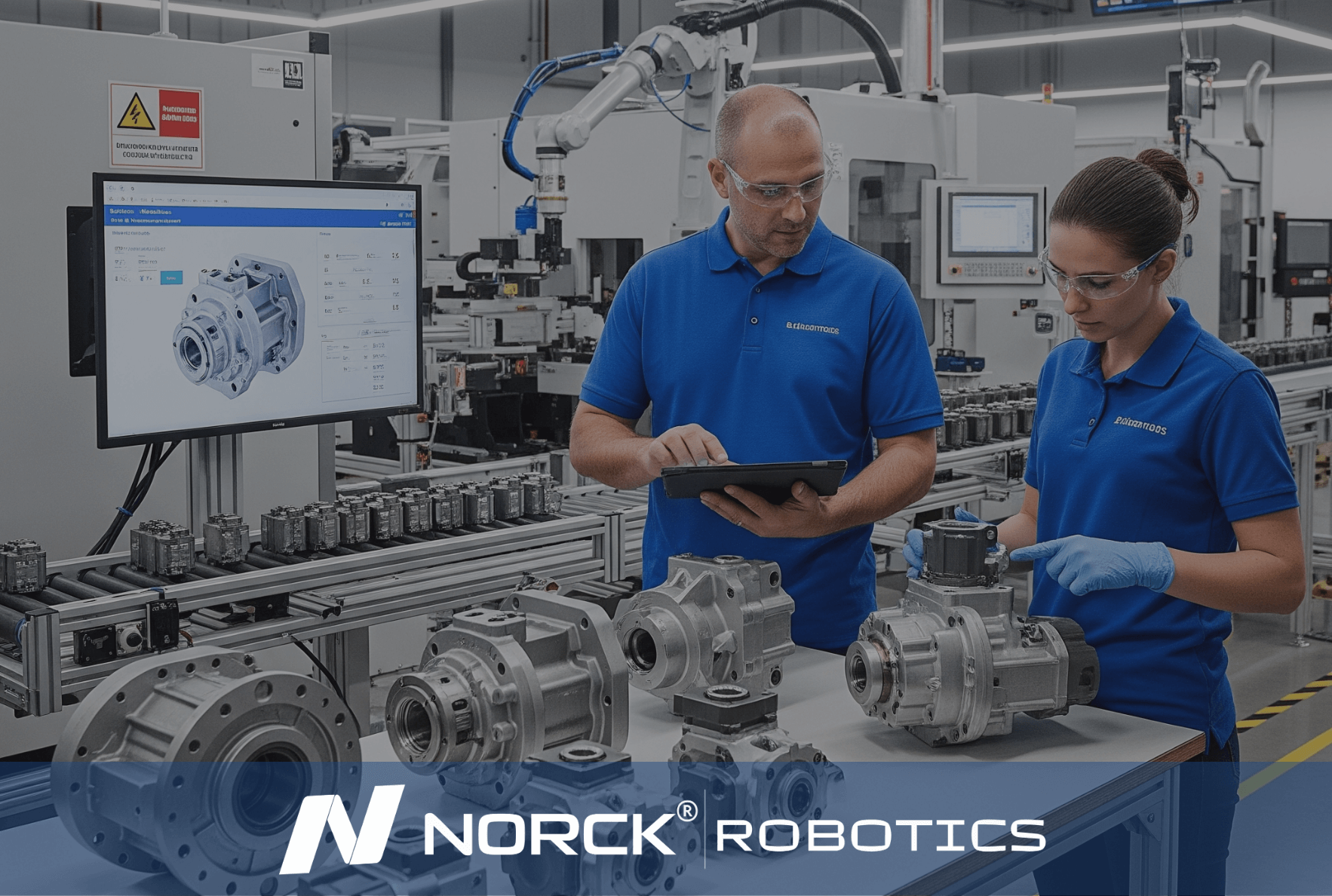
Norck Robotics delivers turnkey robotic automation and engineering solutions tailored to your specific needs across various industries.

Whether you need a single robotic cell prototype or full-scale factory automation, Norck Robotics engineers are ready to collaborate with you to bring your concept to life.
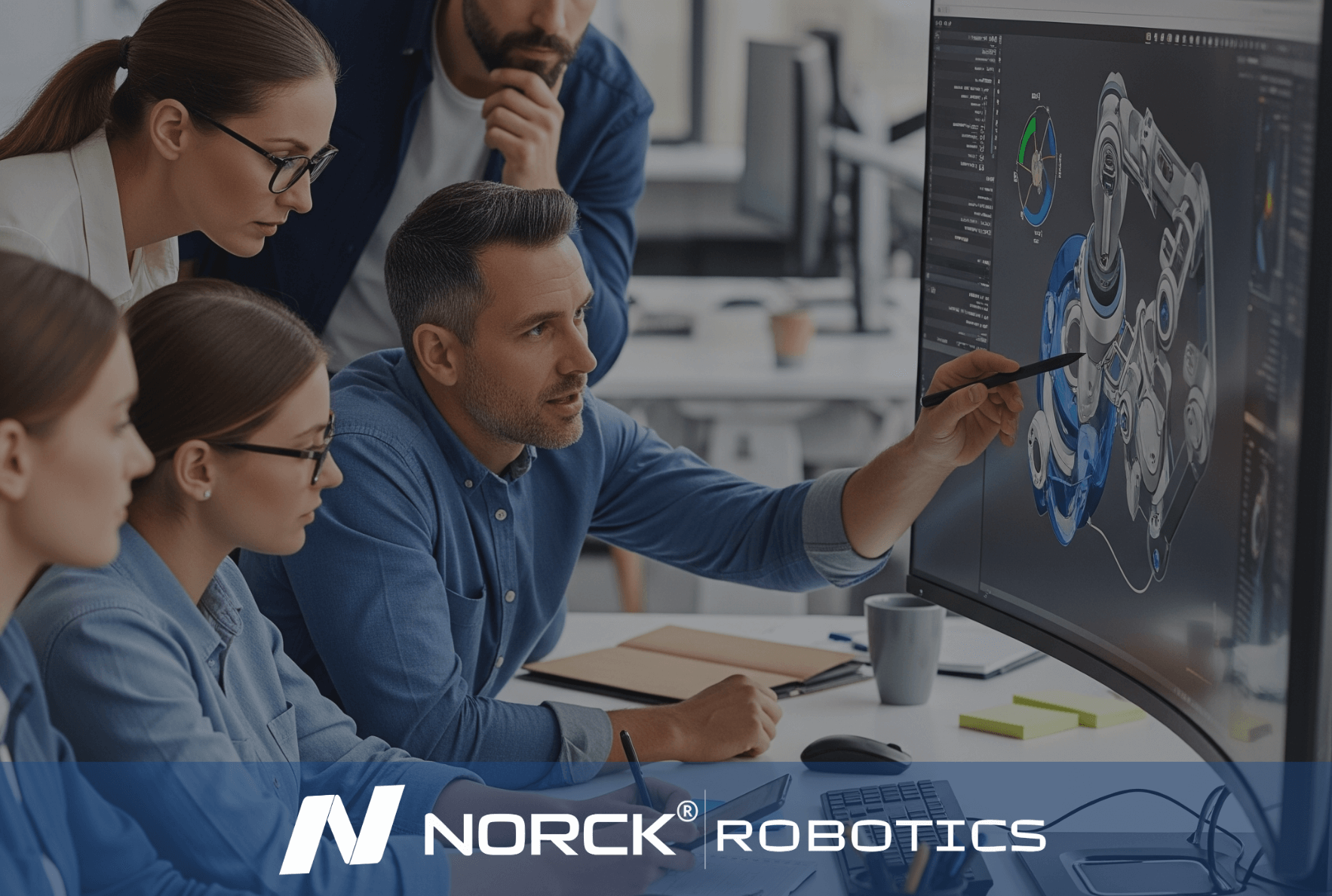
Norck Robotics engineers analyze your existing processes to provide feedback that enhances efficiency, cost-effectiveness, and productivity for robotic integration.
Specialized end-effectors are specialized tools that were developed specifically to increase the efficiency and reliability of specific tasks in an automotive production environment. These end-effectors handle all parts and processes in a vehicle assembly line. Every effort has been made to ensure that these tools can survive the rigors of high speed manufacturing, but still ensure a level of worker safety and accuracy to the process. Their adaptability allows automotive manufacturers to handle a variety of materials and components without difficulty.
Heavy and water-cooled spot welding guns for joining metal parts;
MIG welding torches for more precise welding operations;
Paint atomizers or sprayers for an even coating of vehicle surfaces;
Robust grippers like mechanical clamps, multi-cup vacuum grippers, and magnetic grippers for securely handling body panels, engines, windshields, tires etc.
Sealant and adhesive dispensers for applying bonding materials;
In automotive robotics, welding guns and spray guns have been modified to support and operate in an automated environment. Spot welding guns have been flanged and water-cooled to absorb the heat produced by the welding process, have stiff, compact frame designs that permit constant force and alignment, and are mounted to a robot arm with a program specifying how they will be accurately and repeatedly positioned to achieve strong consistent welds.
Robotic paint sprayers are designed to provide consistent coating and fine atomization with low overspray, these systems have fluid control systems and programs that will follow set paths and provide the same thickness of coating, even in complex shapes. Robotic paint sprayers utilize different programs for paint, have quick-change nozzle systems, and cleaning processes to manage time and productivity in the design.

In addition to its own expert engineering team, Norck Robotics provides access to a network of hundreds of top-tier system integrators, robot manufacturers, and component suppliers across the United States, Germany, and Europe.

Working with Norck Robotics reduces dependency on manual labor, increases production consistency, and secures your operations against unforeseen disruptions, quality issues, and fluctuations. This enhances your company's supply chain resilience.
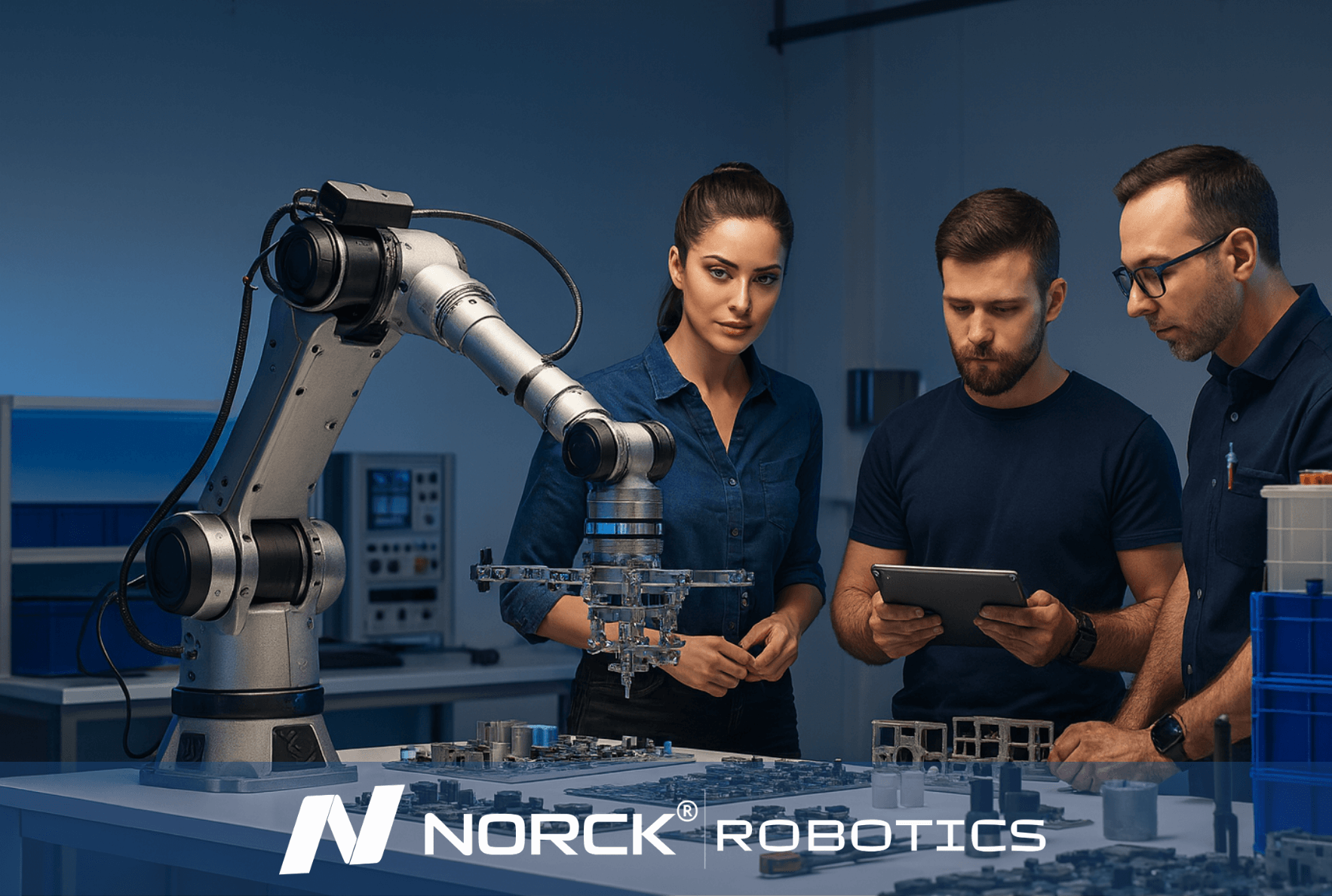
Norck Robotics advances digital automation by developing custom-designed robot grippers, advanced vision systems, and innovative simulation software. With an AI-driven, data-centric approach, it enables smarter system design, optimal performance, and predictive maintenance solutions.
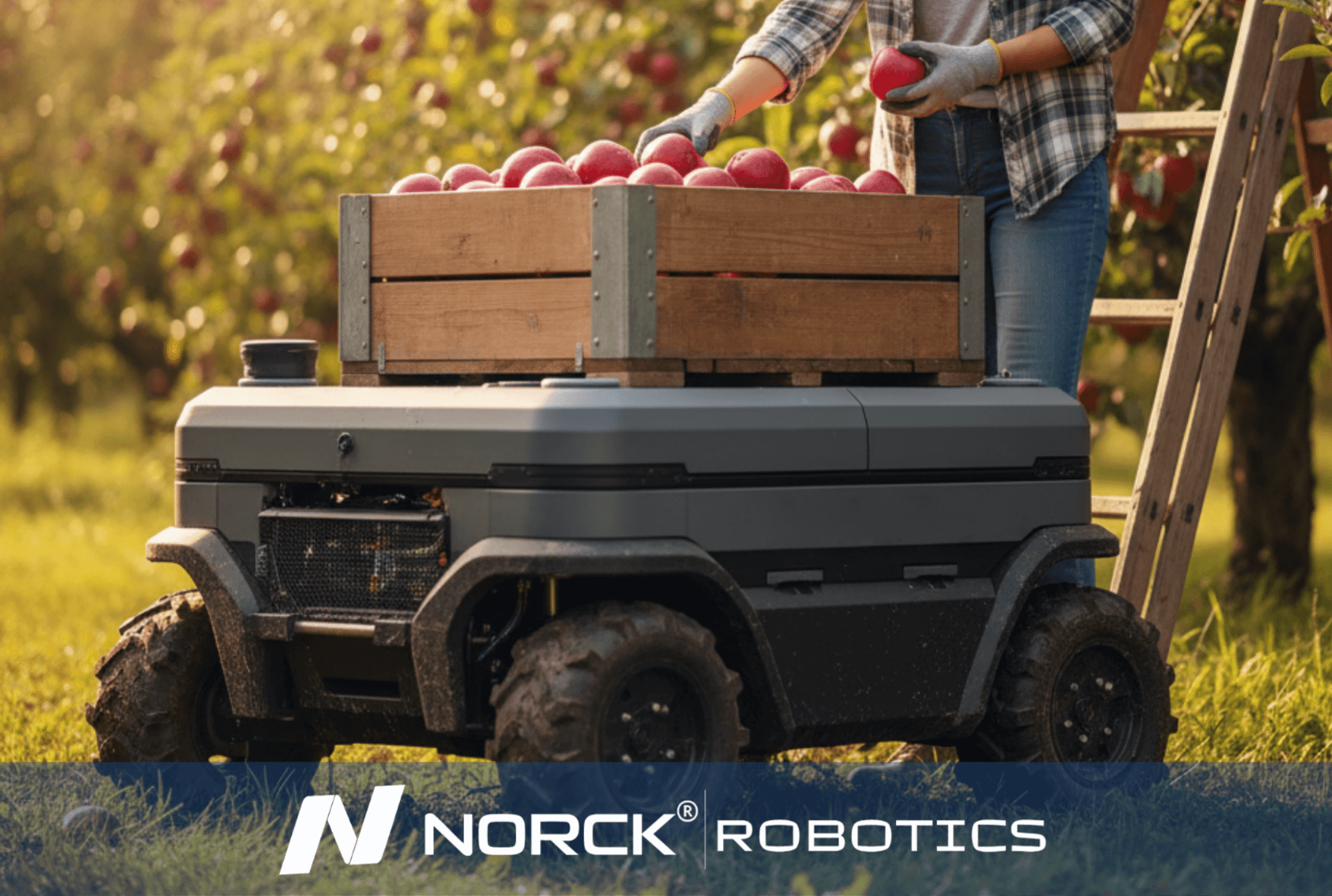
Norck Robotics encourages its partners to be carbon-neutral by reducing energy consumption and material waste through the efficiency of robotic automation, and prioritizes environmentally conscious suppliers.
Customization is frequently needed for end-effectors because automotive manufacturing has a considerable variety of parts requiring different shapes, sizes, materials, and handling requirements. The standard gripper/tool may not provide the needed precision, grip strength, or compatibility necessary to perform particular tasks.
Different parts should have different gripping forces, orientations (e.g., windshields versus engine blocks), and surface contact solutions.
Customized end-effectors ensure safe handling of parts - particularly fragile or high-value components - without any damage during the handling process.
Customized end-effectors allow robots to be combined in one unit to perform multiple tasks by combining multiple tools or sensors.
Customization leads to better cycle times, reliability, and compatibility in automated systems or changeovers for parts.